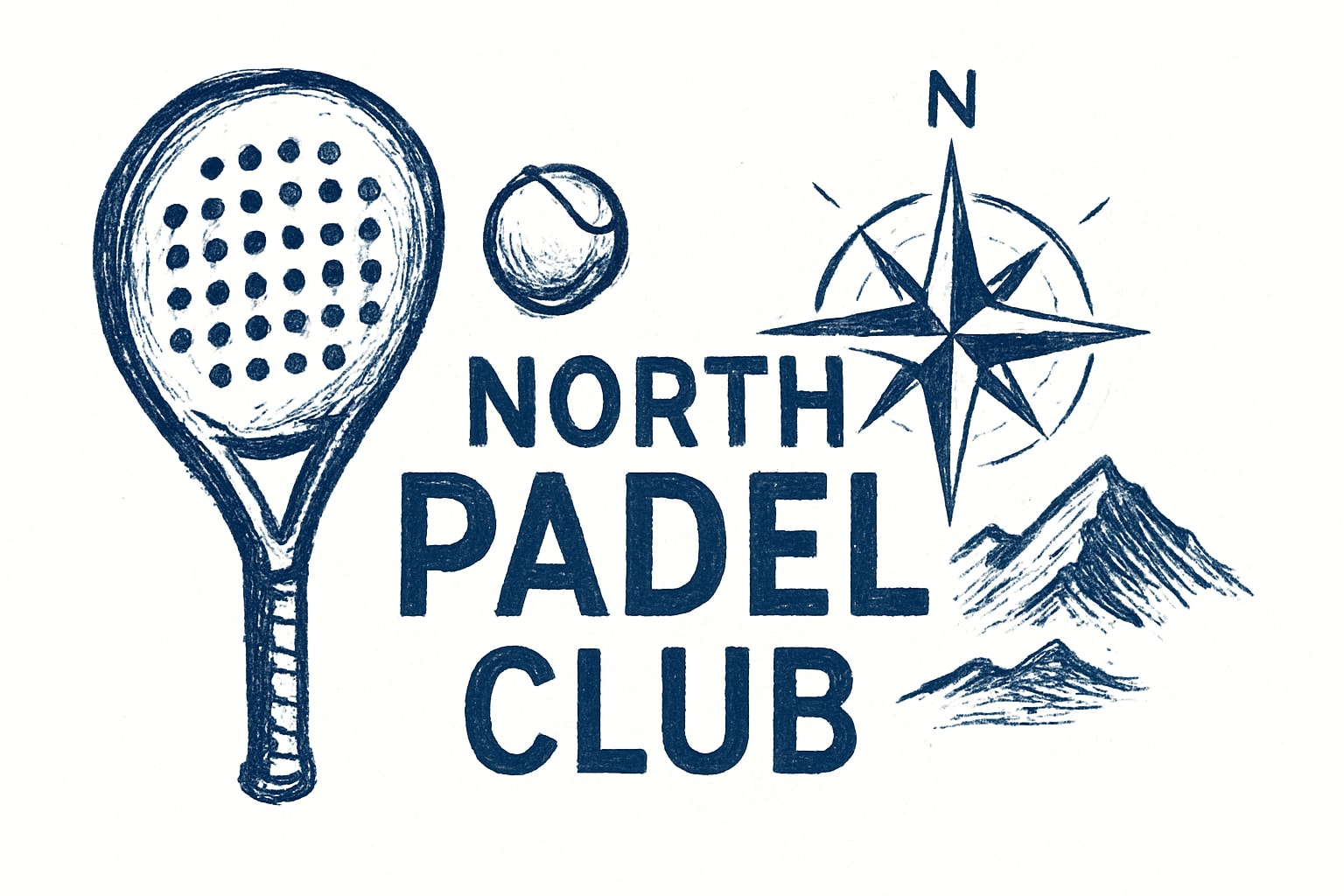Télécharger Poteau
A Complete Guide to MLS Soccer Club History and Teams
Major League Soccer (MLS) has become one of the fastest-growing professional leagues in the world, attracting global talent and passionate fans. Whether it's a casual game of pick up soccer New York or a thrilling match featuring the New York Red Bulls Soccer Club or New York City FC Soccer Club, the league’s influence continues to grow. Since its inception in 1993, MLS has expanded significantly, introducing new teams and creating a competitive soccer landscape across North America. This guide explores the league's history, notable teams, key rivalries, and future prospects, providing an in-depth look at what makes an MLS Soccer Club unique.
How Did Major League Soccer Begin?
Major League Soccer was established in 1993 as part of the United States' successful bid to host the 1994 FIFA World Cup. The league officially launched in 1996 with ten teams, aiming to grow soccer’s popularity in North America. Unlike traditional European leagues, MLS introduced a single-entity structure where the league owned all teams, ensuring financial stability during its early years.
Despite initial challenges, including low attendance and financial struggles, MLS gradually gained traction. Strategic moves such as the introduction of soccer-specific stadiums, the Designated Player Rule (allowing clubs to sign international stars like David Beckham), and increased investment in youth academies helped the league expand its fan base. Today, MLS boasts 29 teams, with plans for further expansion, reflecting its success in making soccer a major sport in the United States and Canada.
Which Are the Most Successful MLS Soccer Clubs?
Several MLS teams have consistently performed at the highest level, securing championships and building loyal fanbases. The LA Galaxy is one of the most successful clubs in league history, winning multiple MLS Cups and attracting global stars such as Zlatan Ibrahimović and Landon Donovan. Their dominance in the early 2000s helped elevate the league's reputation internationally.
Seattle Sounders FC has also established itself as a powerhouse, winning multiple MLS Cups and excelling in the CONCACAF Champions League. Their passionate fanbase and commitment to player development have made them one of the league’s most respected franchises. Similarly, Toronto FC broke records by becoming the first Canadian team to win an MLS Cup in 2017, further showcasing the league’s growing competitiveness.
Other notable clubs that have left a significant mark on MLS include:
Sporting Kansas City – Known for its strong defensive play and tactical discipline, this club has won multiple MLS Cups and U.S. Open Cups.
Atlanta United – One of the fastest-growing teams, winning an MLS Cup in just its second season and boasting one of the largest fan bases in the league.
New York Red Bulls – A consistent playoff contender with a strong emphasis on youth development and high-pressing tactics.
Each of these teams has contributed to MLS's development through strong performances and innovative approaches to team management and fan engagement.
What Are the Biggest Rivalries in MLS?
Rivalries play a crucial role in the excitement of MLS, fueling passionate matchups and intensifying fan engagement.
El Tráfico: LA Galaxy vs. LAFC
One of the most well-known rivalries is El Tráfico, featuring LA Galaxy and Los Angeles FC. Since LAFC's entry into MLS in 2018, their clashes with the Galaxy have become some of the league’s most thrilling encounters, often packed with goals and dramatic moments.
The Cascadia Cup: Pacific Northwest Showdown
The Cascadia Cup rivalry between the Seattle Sounders, Portland Timbers, and Vancouver Whitecaps is another intense competition rooted in soccer history dating back to the North American Soccer League (NASL) era. This rivalry showcases the strong soccer culture in the Pacific Northwest, with each matchup drawing massive crowds and fierce competition.
Other Notable Rivalries
Hudson River Derby – A fierce battle between New York Red Bulls and New York City FC for dominance in one of the world's biggest sports markets.
Texas Derby – A heated competition between FC Dallas and Houston Dynamo, highlighting the sport's rapid growth in the Lone Star State.
Hell is Real Derby – A rivalry between FC Cincinnati and Columbus Crew, named after a famous highway sign in Ohio that separates the two teams' fanbases.
These rivalries make MLS one of the most exciting leagues to follow, as each match brings energy, pride, and high-stakes action.
How Has MLS Influenced Soccer Development in North America?
MLS has played a vital role in the growth of soccer in the United States and Canada, significantly improving player development and fan engagement. The introduction of youth academies and reserve teams has helped produce world-class talent such as Christian Pulisic, Alphonso Davies, and Ricardo Pepi, who have gone on to excel in top European leagues.
Additionally, the league’s Designated Player Rule has attracted top international stars, increasing the league’s visibility and credibility worldwide. The arrival of players like Thierry Henry, David Villa, and Wayne Rooney has drawn global attention to MLS, elevating its level of play and inspiring young players.
MLS has also expanded its broadcast reach, securing major TV deals that bring games to audiences worldwide. The league’s partnership with Apple TV for exclusive global streaming represents a forward-thinking approach to digital media, making matches accessible to fans everywhere. As a result, MLS has positioned itself as a key player in the global soccer market, with ambitions to continue its rapid growth.
What Is the Future of MLS Soccer Clubs?
As MLS continues to grow, several key areas will shape its future. The expansion of new teams will play a significant role, with St. Louis City SC joining in 2023 and additional teams expected. The league aims to reach 32 clubs, further solidifying its presence across North America. Increased investment in talent development through MLS academies and partnerships with European clubs will enhance player scouting and training opportunities. Infrastructure improvements, such as the construction of more soccer-specific stadiums, will provide fans with a better matchday experience and create world-class venues for games. On an international level, MLS clubs will continue striving for success in the CONCACAF Champions League and may even participate in intercontinental tournaments in the future. Additionally, fan engagement will remain a priority, as the league leverages technology, social media, and unique in-game experiences to attract a younger and more diverse audience.
Major League Soccer has come a long way since its inception, transforming into a competitive and globally recognized league. With an expanding list of teams, intense rivalries, and a growing influence on international soccer, MLS continues to shape the future of the sport in North America. Whether you're a longtime supporter or new to the league, MLS offers an exciting and dynamic soccer experience that continues to evolve year after year.





